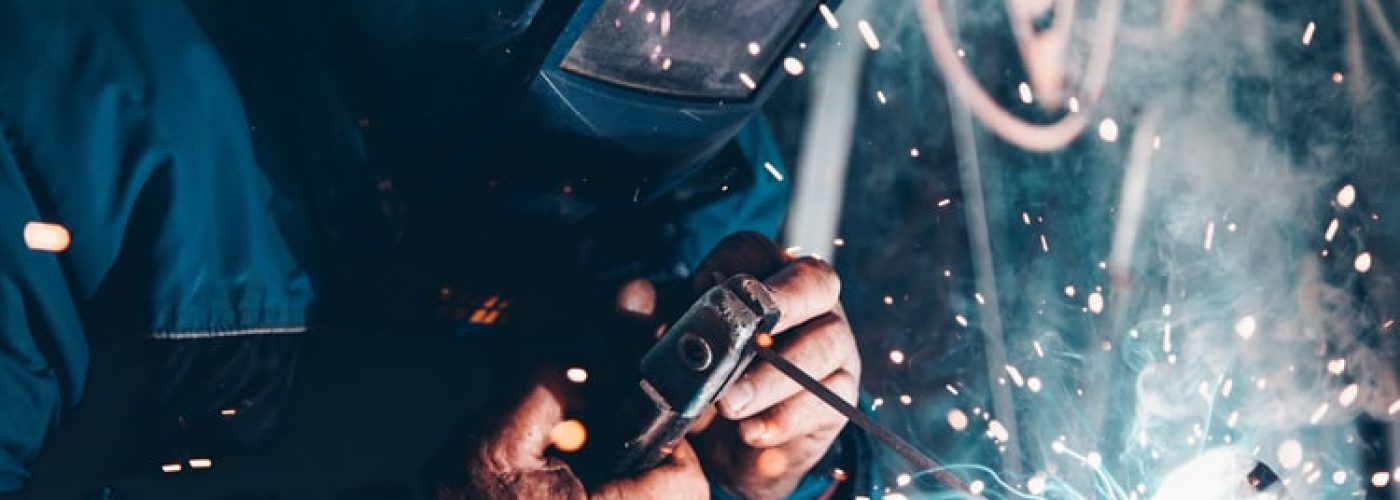A typical structural inspection averages at around £90 per hour in the UK, according to MyBuilder. Assessing buildings for damage and structural soundness is a crucial part of ensuring safety and longevity. One can say it’s just as important as controlling the dust that comes from their construction. However, building size complexity can present a challenge to that requirement, beyond driving up costs.
Made to skip time-consuming disassemblies and ventures into cramped spaces, borescopes allow inspectors to focus on problematic sectors and diagnose issues quickly and efficiently. Here’s why borescopes play a vital role in building construction and maintenance.
How Video Borescopes Compare to Mirror-Based
Before fiber-optic technology, borescopes were stiff, narrow tubes that contained an angled mirror on the far end and an eyepiece on the other. Rigid borescopes could only be inserted in relatively straight holes. Nowadays borescopes are also known as videoscopes and are fitted with every available technology to assist visibility. High-definition cameras are increasingly becoming the standard with modern videoscopes. These models have the ability to capture videos and photos, just as modern cameras do.
The landmark difference between videoscopes and old borescopes, however, is that most videoscopes possess a frame of flexible steel wires. This frame allows it to be articulated at will, letting it snake through meandering holes with ease. A modern borescope has the ability to provide brilliant clarity on any screen that ranges from 6 to 60 inches. It allows for detailed observation of an internal area. This articulation gives it a non-destructive way to view the insides of any machine or structure that would fit the videoscope.
Guidelines For Selecting Borescopes
It is often difficult to judge what length and diameter you need until you have the borescope in your hands, so it’s useful to consult borescope dealerships that offer free demos. As a rule of thumb, there are several things to remember when selecting a borescope. As the foremost example, tube diameter and length are the main qualities to pay attention to for any application of a borescope. These define the range of use of a borescope. It is also worth remembering that as borescopes get smaller and picture quality higher, the tradeoff for cost or durability often gets larger.
When the pathway to the inspection area is winding, a borescope that can articulate well would be the only choice. For a cramped target area, a borescope must be able to articulate the tip just as well. This is so that the camera can focus on the target despite having little room to maneuver.
Applications and Proper Use
The biggest defining factor of its range of use is the diameter of the tube. However, with the steady shrinking of camera tech over the past few decades, borescope users can have both compactness and visual fidelity in the same package. Nowadays, insertion tube diameters have been reduced from 6 millimeters to 2.8mm. With this, borescopes can now visually inspect the most cramped of spaces, as well as the most minute internal components. Virtually no disassembly is required to perform such observations, speeding up the process of diagnosing mechanical and structural issues. Even small sections cut out from those could bring damage and make something that only needs a touch-up need full-on repairs. They’re also useful for inspecting instruments that need to be constantly running, such as pumps.
With greater flexibility and compactness comes a touch of fragility. Borescope operators are not to let the tip collide too sharply with anything, as the camera and LED components housed in it are very prone to breaking. Operators are advised to feel for resistance being encountered by the inserting tip in order to better avoid obstacles. It is also recommended to take more documentation than is needed, to prevent repeating an inspection.
Remember not to select a borescope with too much spare length. As much as possible, a borescope user must select a unit with as large a diameter as the object being inspected will allow. Larger tubes are more durable, can house more and better lighting instruments, as well as higher-definition cameras.





